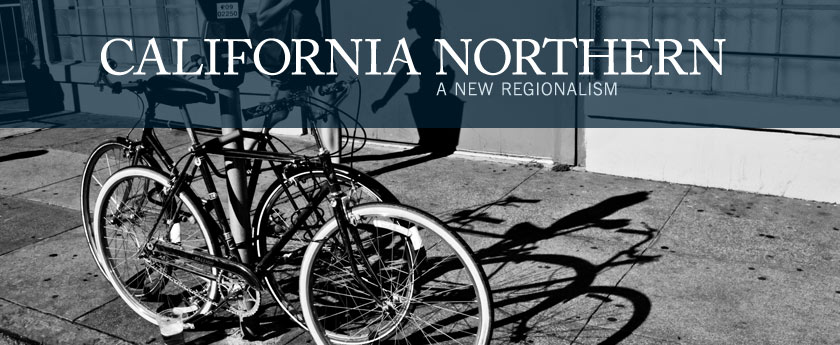When We Say We Know a Place
By Casey Mills
Reading Rebecca Solnit’s work reminds me of taking a walk through a foreign city for the first time. Your awareness becomes immediately heightened as you realize you don’t know and can’t predict where your next step will take you. Your routes are circuitous as you take in the sights, losing your way and finding it again. Occasionally, your wandering is rewarded with a stunning revelation—in Paris, it might be Notre Dame; in a Solnit book, it’s often an idea that had been inchoate within you, which then becomes essential to your understanding of yourself and the world.
It’s hard to pin Solnit down as a writer. Her work includes a deft medley of journalism, memoir, and essay, and while it ranges from the intensely personal to the openly civic, consistent themes can be found throughout—our tangled relationship to the environment, for example, or our country’s confused and brutal history. She’s written an extended meditation on walking, a memoir of her battles to stop nuclear testing in the Nevada desert, essays on the joys and sorrows of getting lost, and has engaged a host of other subjects. Throughout her career, Solnit has followed her muse with focus and ferocity.
And then there’s her connection to place. You find it not only in some of the subjects she writes about—Yosemite, the animals of California, the 1906 earthquake—but in the writing itself. Throughout her work, she consistently poses questions about our ties to the geographies around us. Our memories, our histories, our triumphs and shames, all are reimagined and explored in the context of our place in the world, both how we create it and how it creates us.
Solnit’s latest project—an atlas of San Francisco titled Infinite City—represents a melding of many of her interests and obsessions. Instead of a collection of street names and points of interest, the maps in this atlas explore the innumerable ways we can know and experience a place. One of these maps is called “400 Years,” and depicts, over the tableau of the city’s landscape, the lives of four centenarians who have spent much of their existence in San Francisco. The map reveals the interplay and overlap among all four people throughout their lives, even though they have never met one another. And, says Solnit, it shows us that while San Francisco is a mere 160 years old, you can also consider the city to be the cumulative age of all the lives spent there, increasing its number of years by eons.
While it’s decidedly the brainchild of Solnit, Infinite City represents a collaboration with a variety of designers and artists, including such California luminaries as Sandow Birk and Mona Caron. Special attention was given to making each map visually enjoyable and accessible, and the result is stunning. Upon first seeing many of the atlas’s maps, you simply take in the beauty of the image before settling into an interpretation of what is depicted before you.
I spoke with Solnit at her home on a foggy San Francisco morning, one that would burn off into sparkling sunshine almost immediately after we concluded our conversation. Despite the fog, her top-floor apartment was filled with a diffuse light, and we spent some time watching flocks of crows move from tree to tree below us. It felt precarious to be high above those blustery trees and streets, and the place reminded me of her work—at times seemingly ephemeral, but even in the fog, illuminated.
CM: Tell me about your latest project, Infinite City.
I’d been interested in doing a mapping project. Even writing, as much as I love it, can’t always capture the multiple versions of a place that coexist. I wanted to present this sense of coexistence of multiple overlapping universes in the same small place. And there’s a dramatic revelation when you see the map of where San Francisco’s ninety-nine murders took place in 2008 that’s pretty different than reading about them. So we mapped those murders in a map called “Death and Beauty” that for its latter subject maps the ubiquitous, unremarked Monterey cypresses all across the city; there are nearly as many trees as people here, a resonant coexistence.
I also wanted to do the project as a little bit of a rebellion against what’s happened to mapping in the digital era, which is audio tours, podcasts, digital online maps, things you look at on your cell phone, etc. They’re not very visual or not visual at all, and rarely beautiful. I joked when I was talking to some librarians the other day, and said, “Well, I wanted an exciting new technology that would be permanent; would not require corporate interface or downloads or that people buy expensive equipment; would be empowering rather than dictatorial, unlike audio tours, which tell you what to do but don’t give you the lay of the land. And so the cutting edge technology is paper.” My maps in the atlas are bigger than your computer screen, and some of them will probably be here in two hundred years, and we’re also, via SFMOMA’s Infinite City project, giving away thirty thousand of them as free broadsides that are even larger.
This is an excerpt of “When We Say We Know a Place”

